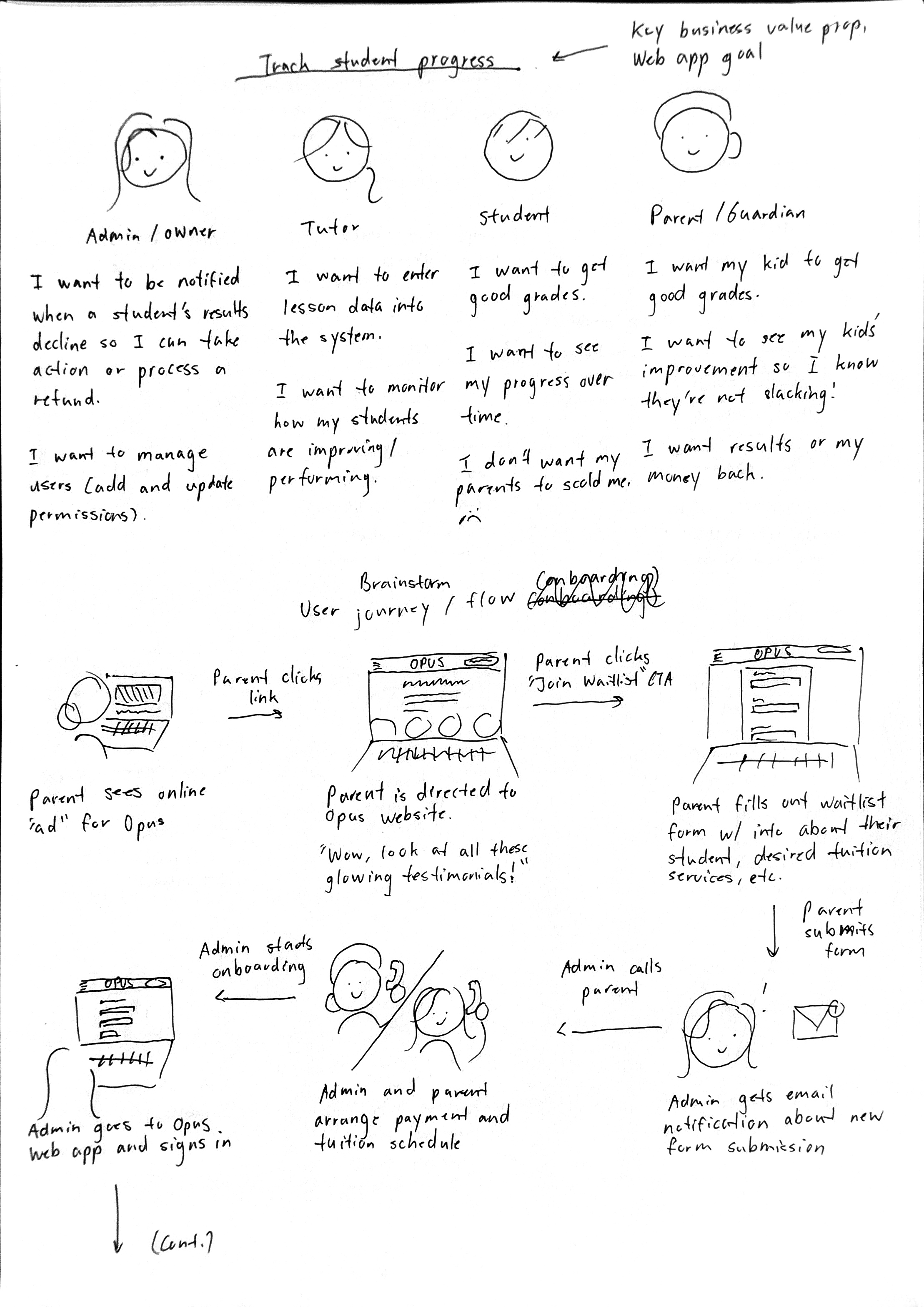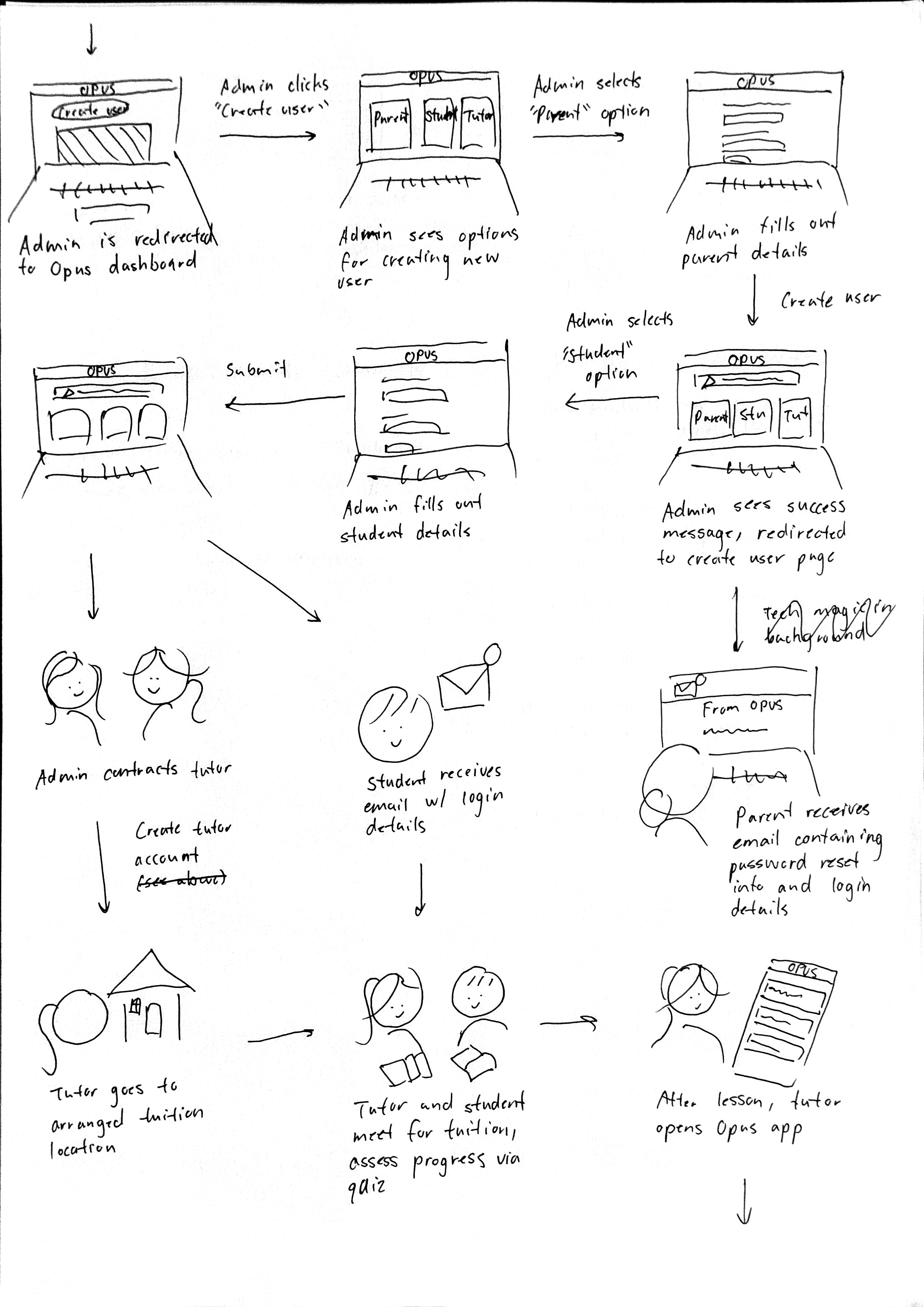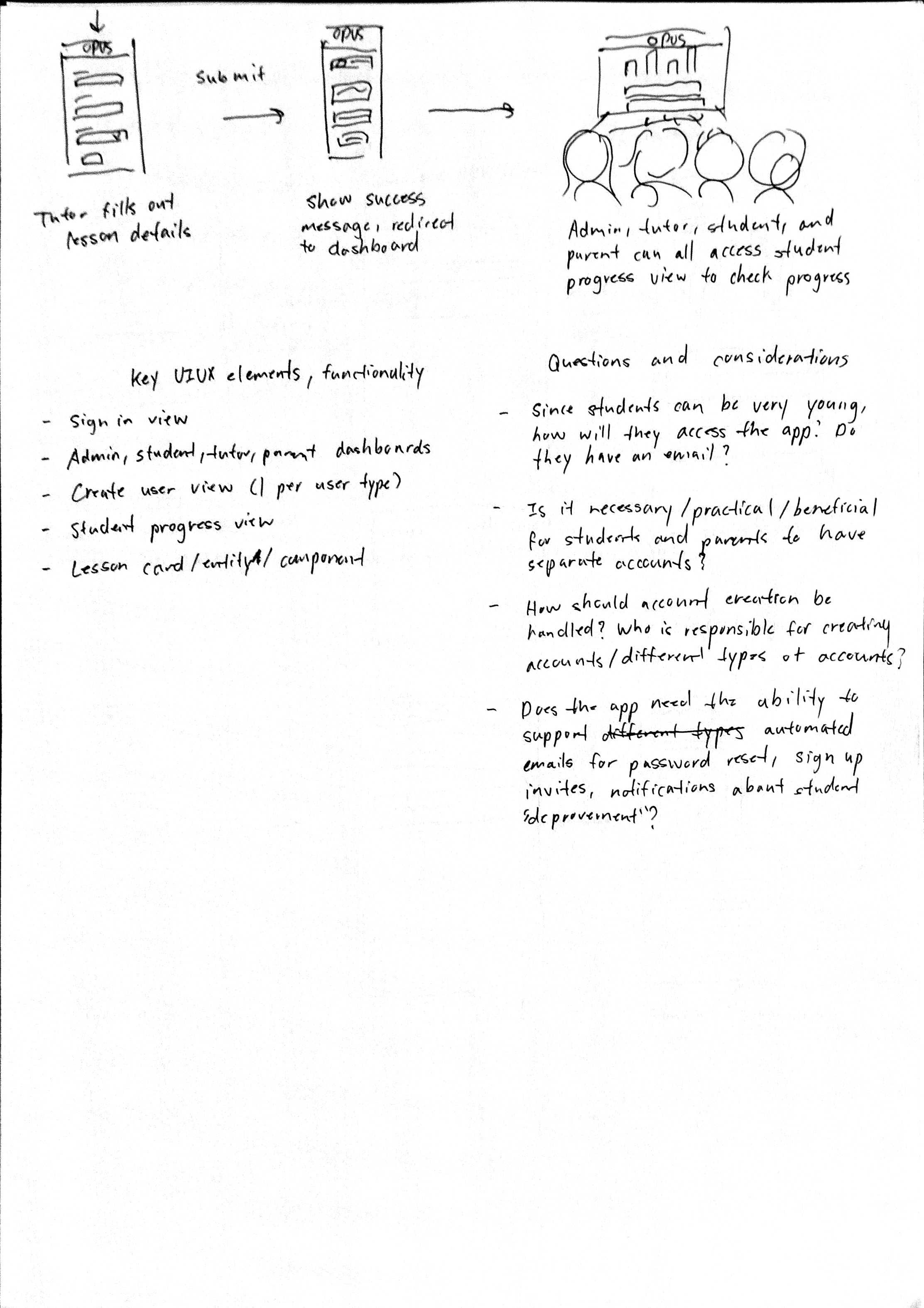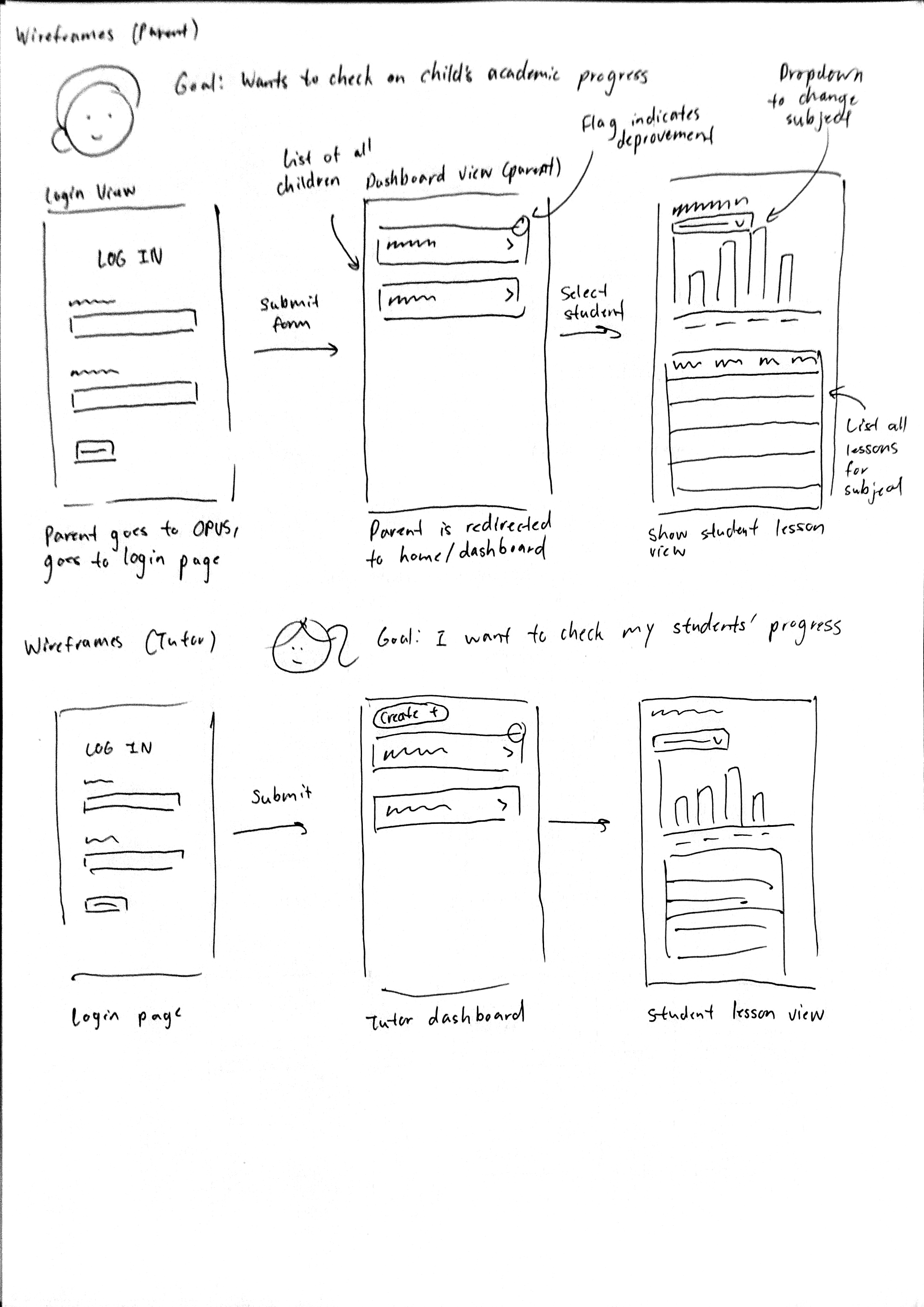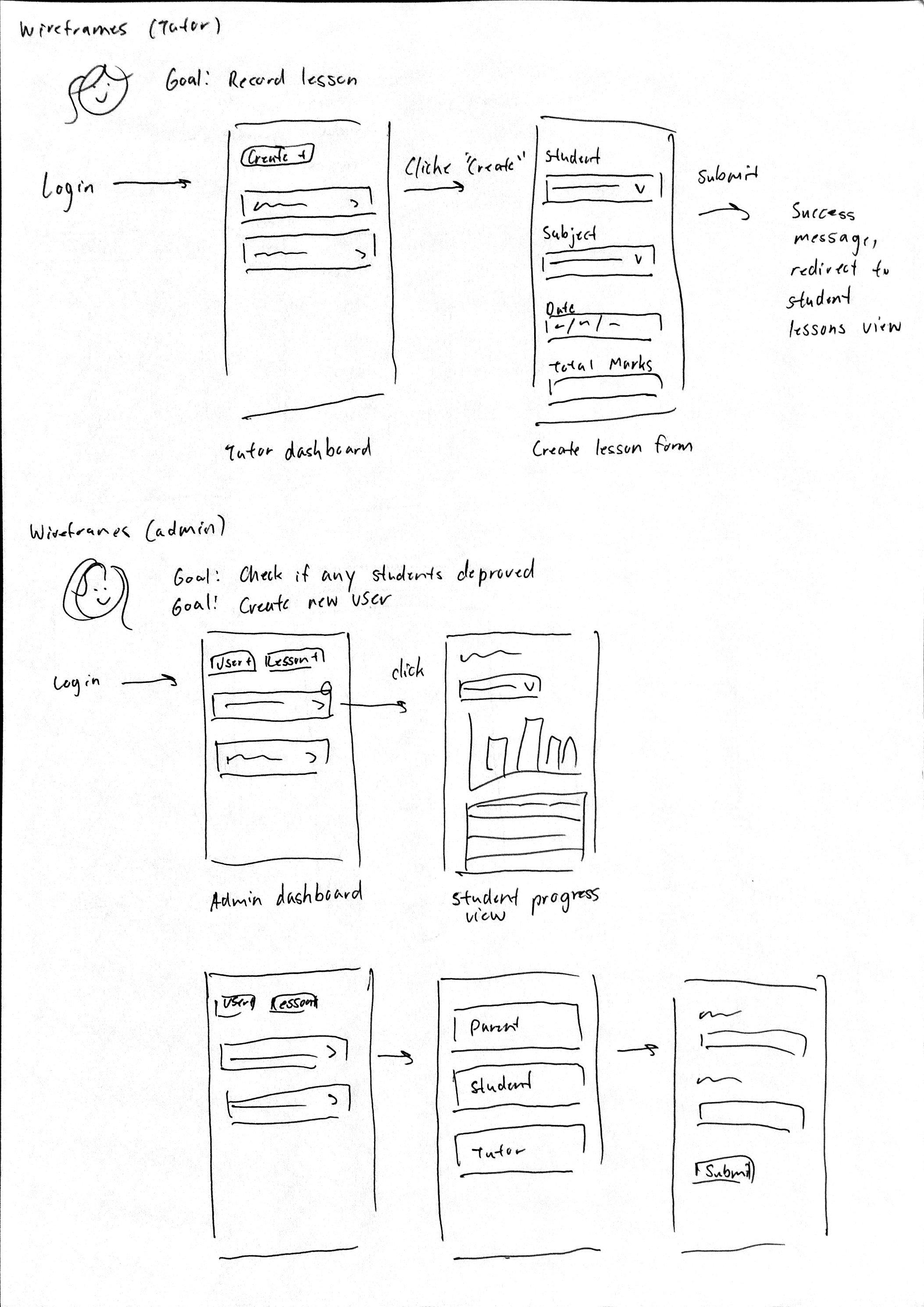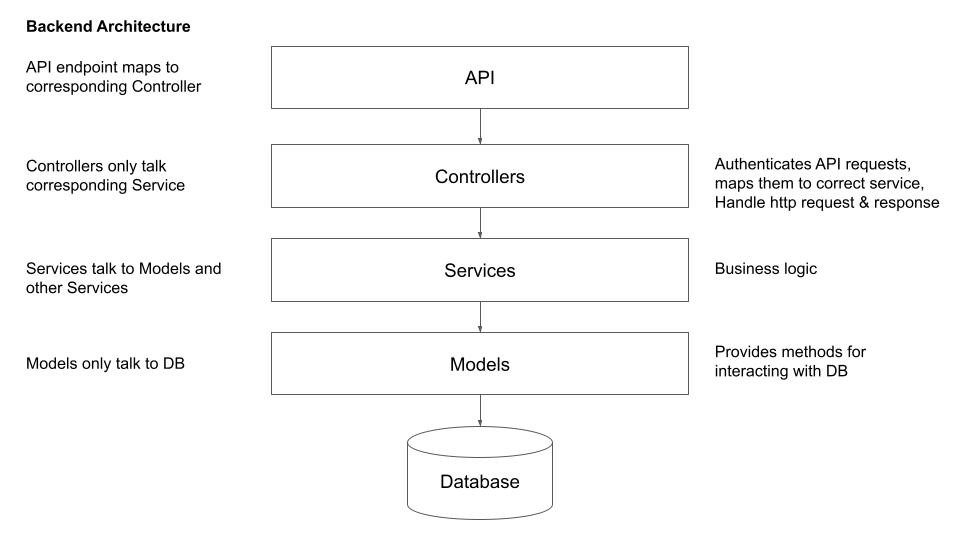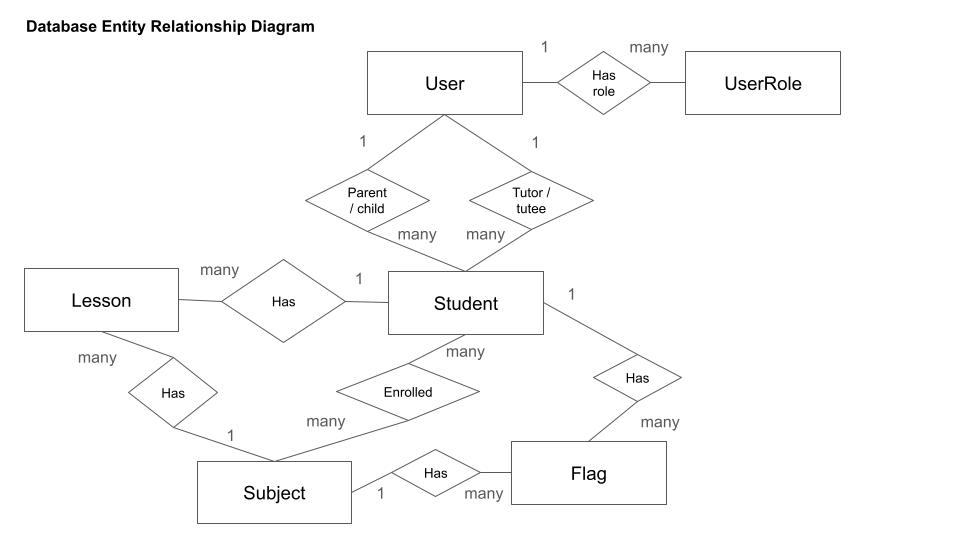OPUS
OPUS is a tech-powered private tuition company. I helped develop both its official marketing website and progress-tracking web app.
Role: Software developer
Duration: Since fall 2024
Technologies: NodeJS, NextJS/React, PostgreSQL
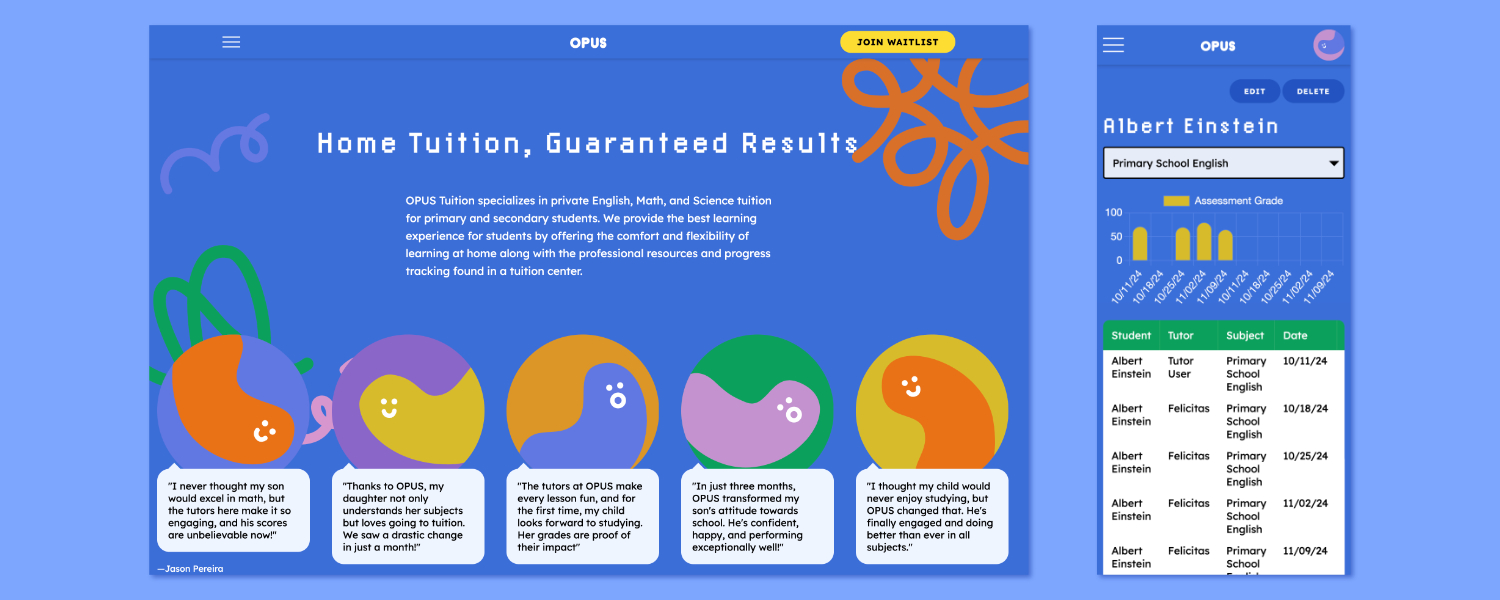
Reflections
OPUS was an opportunity for me to oversee the creation of a real business application from the database to the user interface. It gave me a better understanding of how different components fit together, affect design decisions, and challenged me to think more strategically when choosing what technologies/apporaches to use.
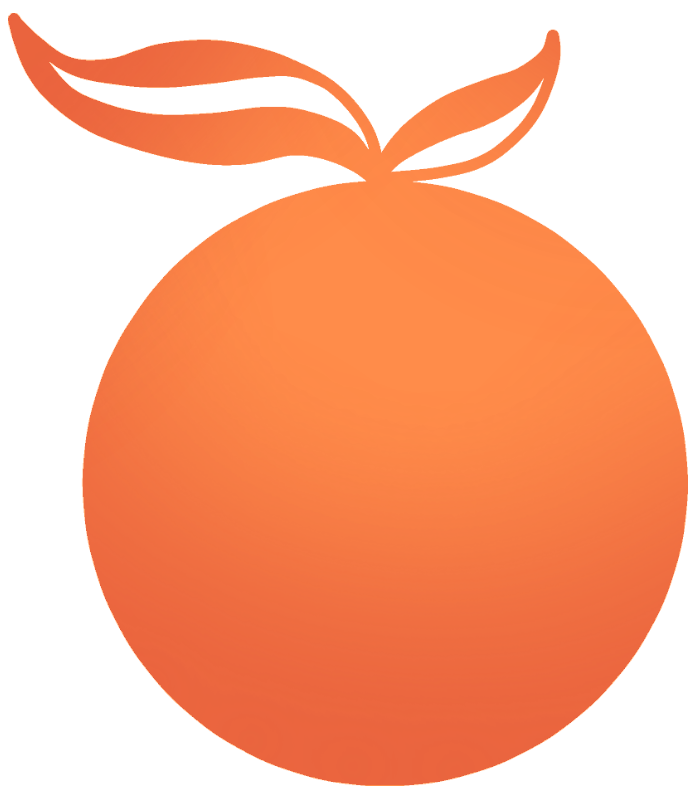 Gernene
Gernene
